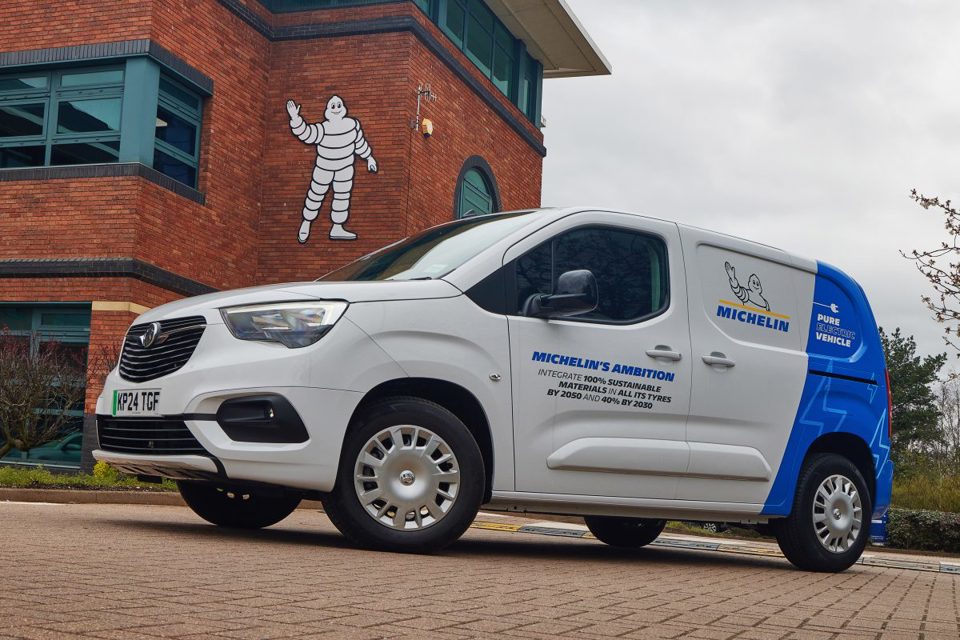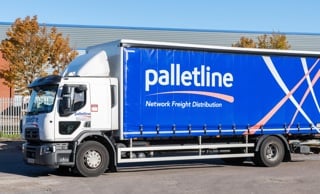Michelin has completed the first phase of its electric vehicle (EV) transition programme with its van fleet operated by its Services and Solutions division.
It has taken delivery 17 electric Vauxhall Combo vans, which have been supplied on a four-year lease and feature a Michelin livery showcasing its sustainability commitments.
Michelin plans to move the division’s 54-strong fleet to electric by 2026.
Alastair Cameron, national operations manager for Services and Solutions at Michelin, said: “The introduction of electric vans is an important milestone for our division and aligns with Michelin’s whole environmental ethos as we constantly strive to reduce our CO2 emissions.
“Deployed on the passenger transport side of the business, the electric vans will be used by our tyre technicians who visit multiple sites every day, but who are classed as low-mileage city drivers.”
Cameron says drivers of the vans, which offer a range of up to 175 miles, will be “our ambassadors for the transition to EVs, encouraging colleagues to join the programme”, which will be expanded next year.
Drivers will be given an electric fuel card for business mileage, while the Services and Solutions division has put in place a system for them to reclaim home charging costs.
Michelin Connected Fleet last year helped parent company Michelin cut harsh driving events across the Services and Solutions’ van fleet.
Its EV transition tools have been used to smooth the switch from diesel to electric, with a focus on drivers’ ability to home charge, plus assessment of battery range issues.
“With the Connected Fleet tools, we now have the ability to monitor how our electric vans are being utilised in terms of charging, so we can carefully manage the battery life and range and advise our drivers accordingly,” explained Cameron.
The Vauxhall Combo electric vans each have a high-energy density 50kWh battery.
Michelin Services and Solutions is taking steps to further improve driver safety in the Vauxhall Combo vans by installing the same fleet management technologies it deploys for end-user fleets, including forward and rear-facing cameras.























Login to comment
Comments
No comments have been made yet.